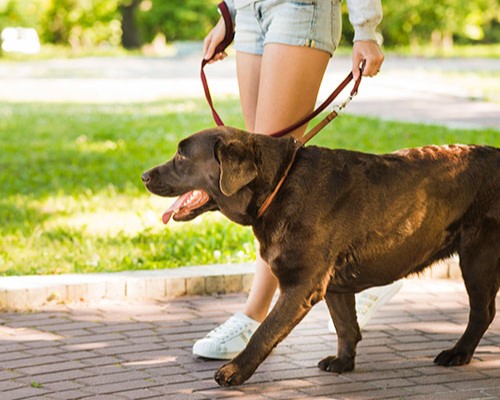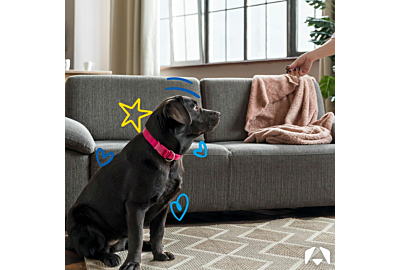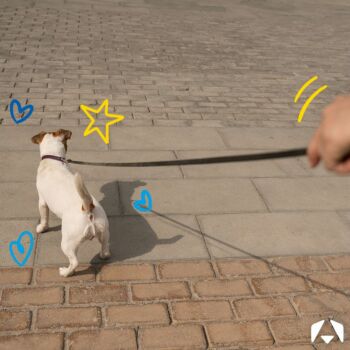Lead Training a Dog: A Step-by-Step Guide
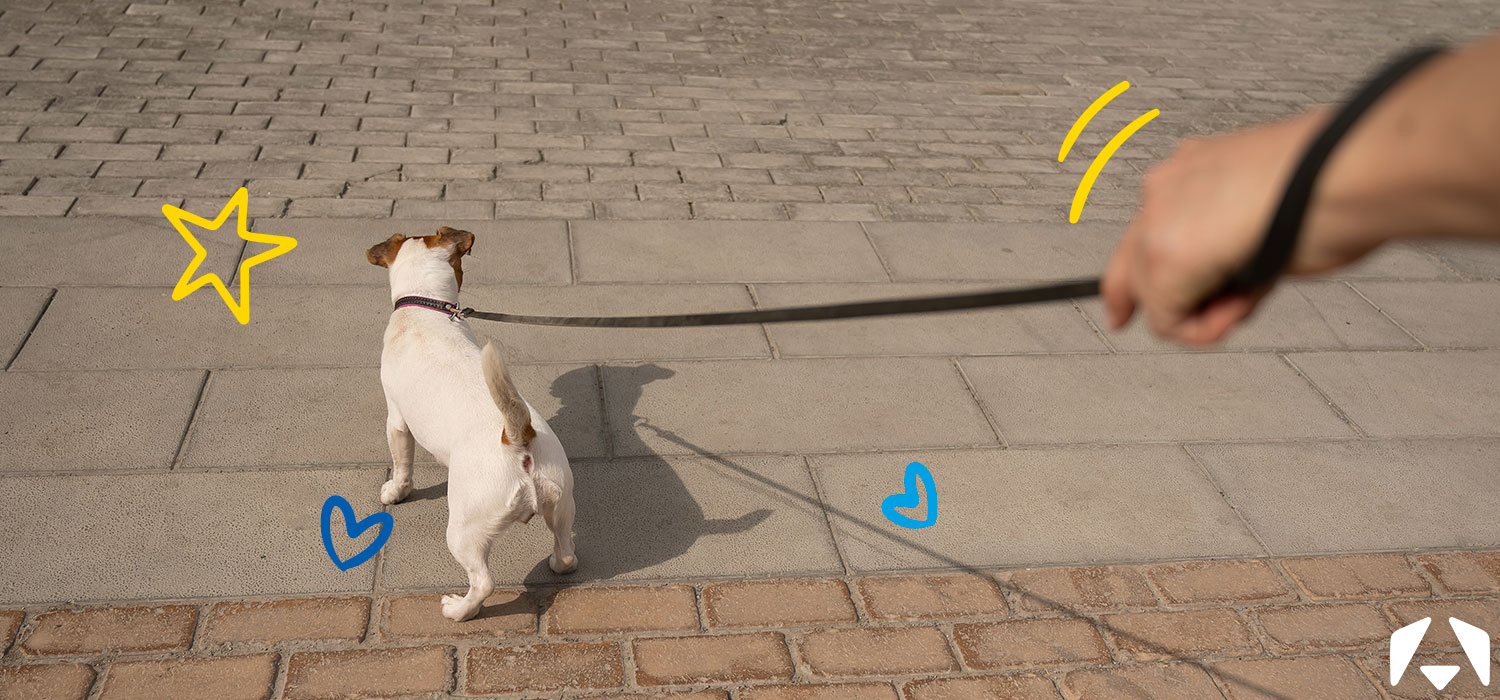

Walking your dog should be an enjoyable experience for both of you. However, without lead training a dog properly, it can become a stressful and tiring ordeal.
A common reason dogs pull on the leash is their learned association that pulling allows them to progress forward. Even a single step forward when your dog pulls can reinforce this behaviour. This signals to your dog that pulling is effective in getting them what they want.
Dog lead training will make your walks more enjoyable and safer. This blog will teach you how to stop your dog from pulling on the leash, making your walks more enjoyable and stress-free.
Understanding Your Dog’s Learning Process:
Before you begin lead training a dog, it’s essential to grasp the fundamentals of how dogs learn. Here are several key strategies to enhance your training sessions:
- Brief Training Periods: Limit training sessions to 5-10 minutes to hold your dog's interest. This approach is more effective than a single extended session.
- Tranquil, Distraction-less Space: Master the basics in an environment where your dog can concentrate without disturbances. Introduce distractions gradually to acclimate your dog to various settings.
- Positive Encouragement: Training should consistently include praise and rewards to foster the desired behavior. We suggest using high-value treats that your dog adores but rarely receives.
- Tolerance: Train your dog only when you're in a pleasant mood to establish a tension-free learning atmosphere. Dogs possess a strong ability to sense human feelings, so they can detect when you're stressed or irritable.
- Positive Conclusion: Wrap up each training session with a task you know your dog can accomplish to maintain a positive experience.


How to Train a Dog to Walk on the Lead:
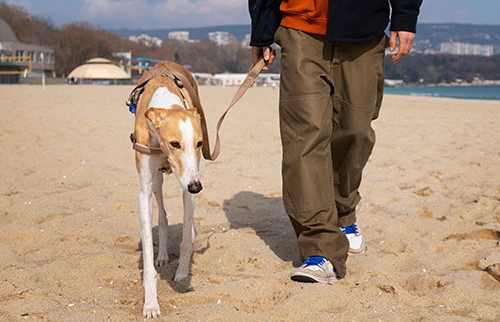

Step 1: Choose the Right Equipment
Before you start training your dog, make sure to select safe and comfortable equipment. This will help prevent any pain or discomfort in sensitive areas if your dog pulls.
This can include a dog training lead, a sturdy collar, or a front-clip harness. These tools can help prevent your dog from pulling. When you pick out a harness, be sure to introduce it to your dog in a positive manner. This will help them have a good experience with it.
Step 2: Create a Positive Association
A key part of lead training is to teach your dog that being close to you is a good thing. Begin in a quiet environment with minimal distractions, such as your home or yard. Encourage your dog by giving them a treat when they sit or stand next to you.
Step 3: Don’t Use a Lead at the Start
Begin practicing with no lead attached (introduce this later once your dog follows you reliably). Hold treats in your hand near your side where you want your dog to walk. Use these treats to lure them into standing and walking beside you.
Step 4: Add Movement and Stop when the Lead Tightens
As you move forward, reward your dog with a treat whenever they are by your side, ensuring the lead remains loose. If the lead begins to tighten, immediately stop walking. Stand still and remain silent, waiting for the leash to slacken before moving forward again.
Avoid pulling on the lead or telling your dog off; instead, patiently wait. This method will teach your dog that maintaining a loose leash allows them to go forward, while pulling on the lead halts their progress. Once they start to understand this behaviour, slowly increase the time and distance between rewards.
Gradually introduce more distractions to your training. This can include walking in busy areas or near people and dogs. The goal is to help your dog learn how to stay focused even when there are distractions present. If your dog finds a stage difficult, go back to an earlier, successful training stage and take things slower.
Step 5: Consistency Is Key
Consistency is crucial in leash training. It may take some time but it will be worth it in the end!
During training, walks may be longer. With consistency, you will soon be able to enjoy walks. Your dog will be calm and happy, and won't pull on the leash.
Troubleshooting
Teaching a dog to walk calmly on a leash can sometimes present challenges. Here are some common issues and troubleshooting tips to help you and your dog enjoy your walks together:
1. Pulling on the Leash: If your dog pulls on the leash, stop walking immediately. Stand still and wait until your dog returns to your side or the leash slackens. This teaches your dog that pulling won't get them where they want to go faster. Consistency is key—every time they pull, the walk pauses.
2. Lagging Behind: Some dogs may lag behind out of fear or uncertainty. Encourage them gently with treats and a happy tone of voice. Be patient and avoid pulling them along. Sometimes, shorter walks in familiar areas can help build their confidence.
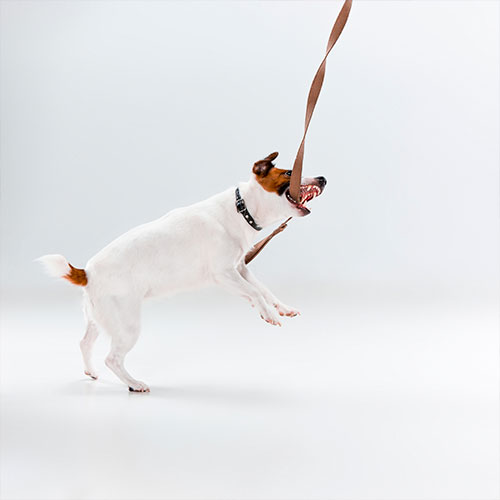

3. Leash Biting: Dogs, especially puppies, may grab and chew on the leash. Distract them with a treat or a toy, and offer it as an alternative to the leash. Consistently redirecting their attention away from the leash and rewarding them for releasing it can gradually reduce this behaviour.
4. Refusing to Move: If your dog plants themselves and refuses to move, it may be because of fear or stubbornness. Coax them with treats, use a cheerful voice, and ensure the destination and route are not intimidating.
5. Other Dogs or People: If your dog reacts aggressively or anxiously when they see other dogs or people, increase the distance between your dog and the triggers. Use treats to focus their attention on you rather than the distraction. Training sessions in controlled environments with fewer distractions can also be beneficial.
6. Over-Excitement: If your dog gets overly excited, they may jump around and make walking difficult. Before the walk, spend some time playing with your dog to burn off excess energy. During the walk, frequent stops and calm behaviour can help manage their excitement.
For each of these situations, patience and positive reinforcement are crucial. Always use treats, praise, and affection to encourage desired behaviours. If problems consist, consider enlisting the help of a dog trainer.
Conclusion
Lead training your dog requires patience and consistency, but the rewards are well worth the effort. Follow these steps to create a respectful walking relationship with your dog, so you can both enjoy peaceful walks together.
Keep in mind that every dog learns at their own speed. Stay patient and consistent, and celebrate even the smallest progress your dog makes. Happy walking!
